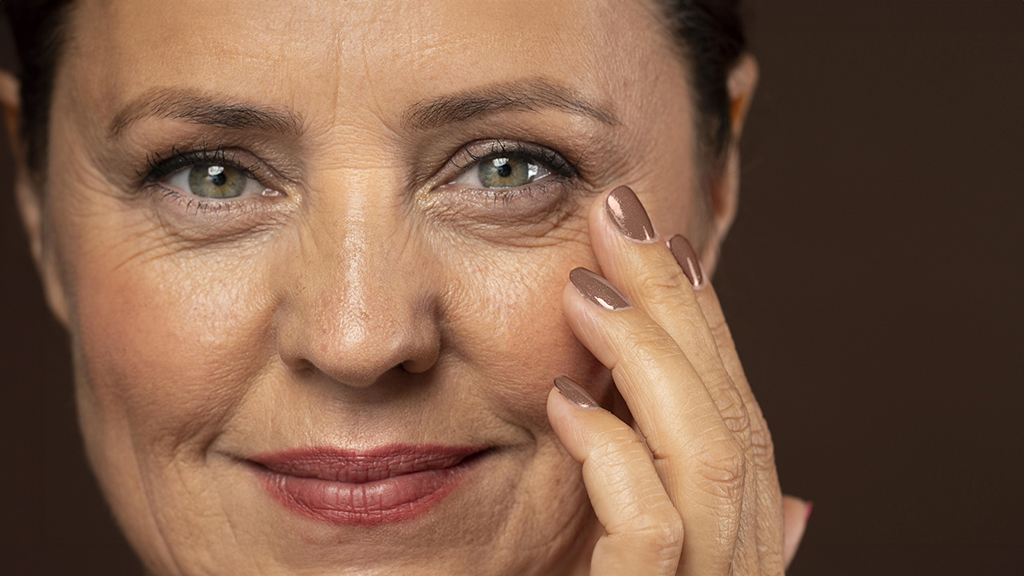Muscle Flap Procedures
In addition to skin and fat tissue with vessels for blood supply, musculocutaneous flaps incorporate muscles in their design. Muscle removed from the donor site serves as a channel through which the blood vessels that nourish the soft tissue of the reconstruction travel. The tissue removed at the time of mastectomy may be replaced with the muscle flap which is the patient’s own warm, soft, living tissue to recreate a “natural” breast.
It is important to understand that the sacrifice of muscle and fascia (the strong outer covering layer of muscle) from the donor site in any of the muscle flap procedures are permanent. Muscle does not grow back and removal of important functional muscle can lead to weakness that may be permanent, increased risk of developing hernia or bulge, increased post-operative pain and longer recovery after surgery compared to the perforator flap procedures.
The principal musculocutaneous flaps are:
- TRAM FLAP – Transverse Rectus Abdominus Musculocutaneous Flap
- FREE TRAM FLAP – Free Transverse Rectus Abdominus Musculocutaneous Flap
- MS-TRAM FLAP – Muscle-Sparing Transverse Rectus Abdominus Musculocutaneous Flap
- LD FLAP – Latissimus Dorsi Flap
The TRAM flap is the most commonly used muscle flap for breast reconstruction and is considered to be less complex to perform than perforator flaps, and unsurprisingly, they are more widely offered.
All patients must understand and accept that no surgical procedure is absolutely free from risk. For further information concerning the risks and complications associated with Autologous Breast Reconstruction, please refer to Risks & Complications of Autologous Breast Reconstruction.
For details about procedures and treatments or for a consultation, advice and prices from our Dubai clinic please call +971 4 431 2396 or use our online form.


